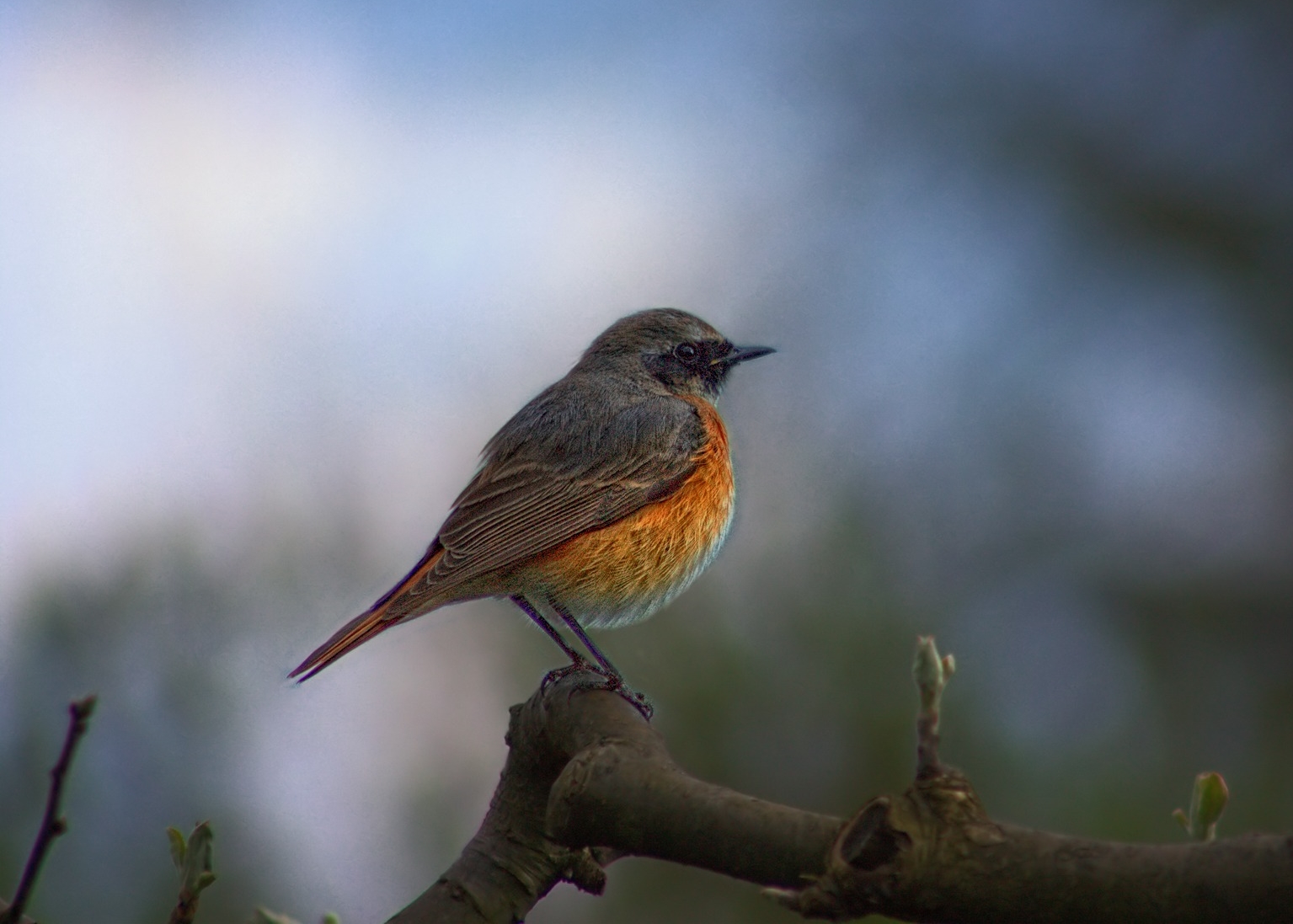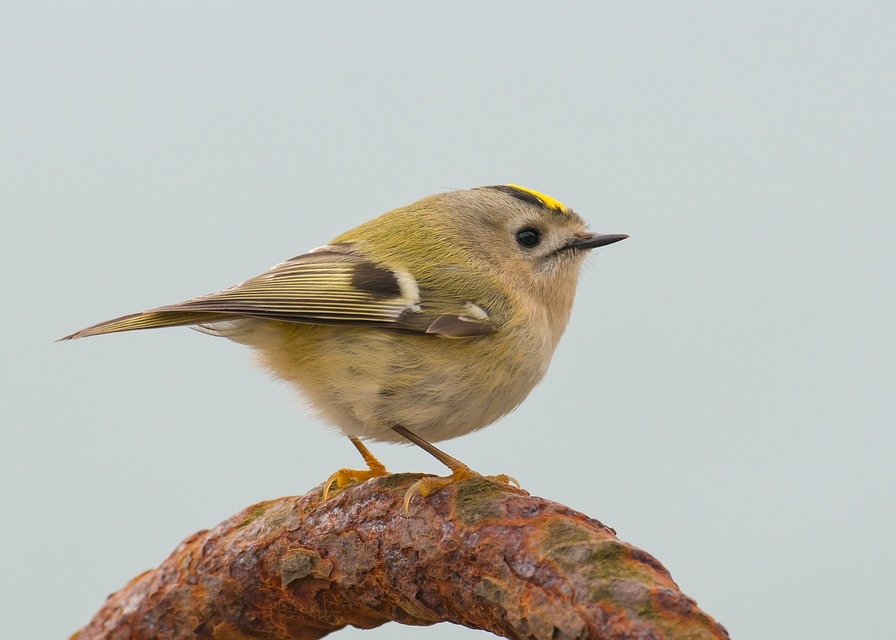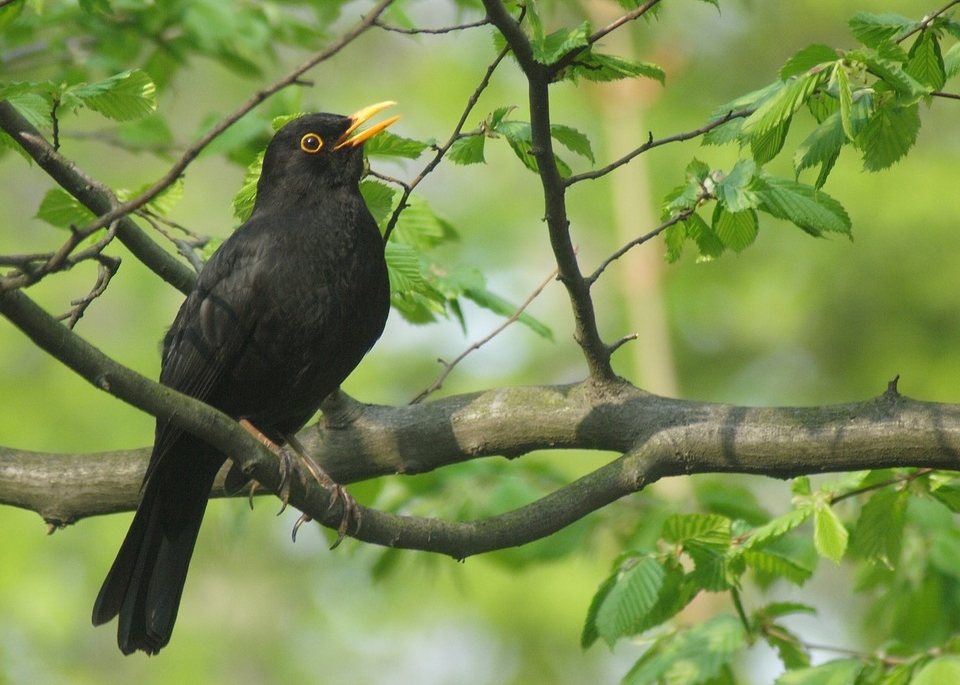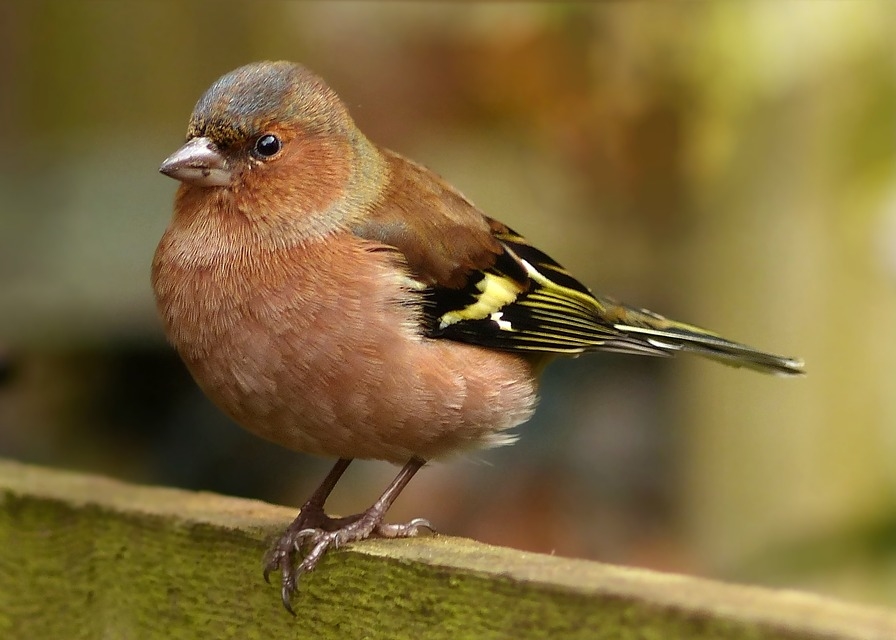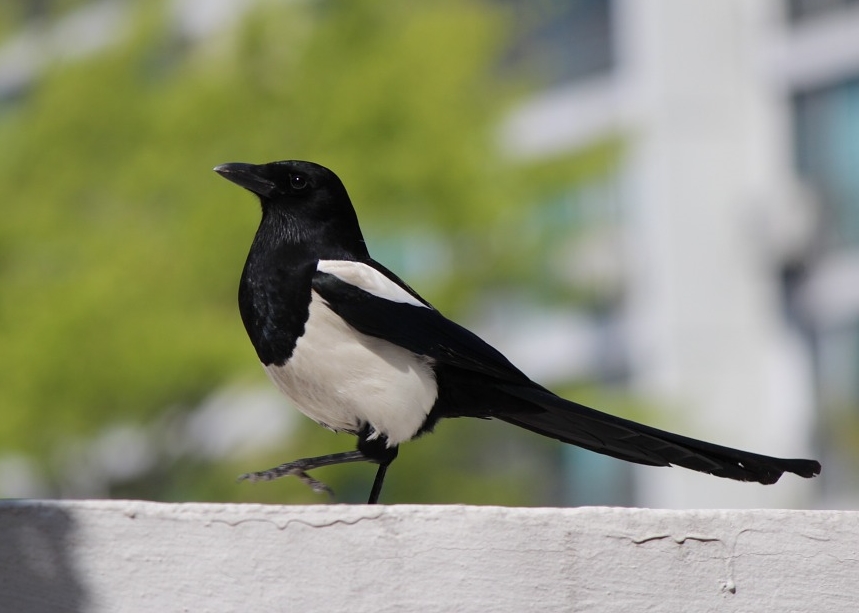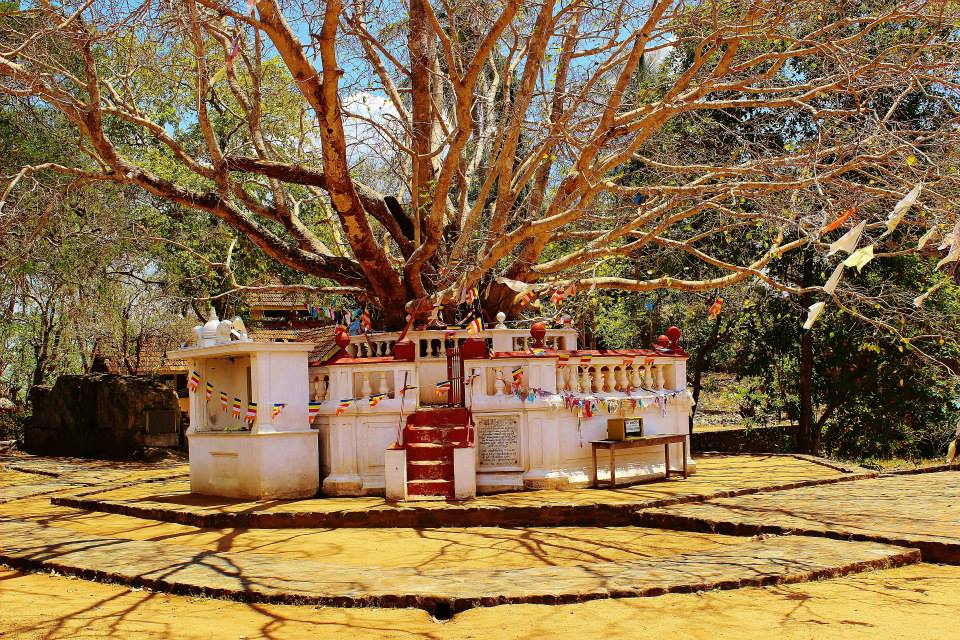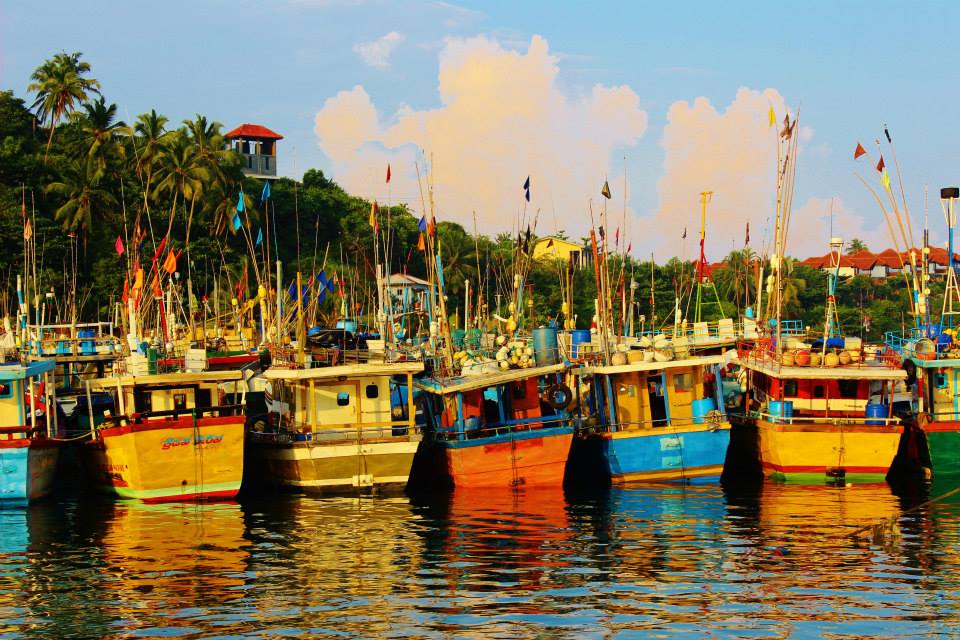Akagera is a sizeable national park comprising a wide variety of biomes including swampland, savanna, low mountains, plains, woodland, and thicket. The area's rich biodiversity is undoubtedly down to its broad spectrum of terrain.
The park is home to four of Africa's "big-five", including buffalo, elephant, lion, and leopard. Regions encompassing dense bush allow some of these species to remain well hidden, and it's not entirely uncommon to leave the park without spotting any of the latter three.
Chances of observing the newly introduced lions aren't necessarily guaranteed, and you be surprised how easily an elephant can conceal itself when feeling unsociable. Leopard are mostly nocturnal and can be elusive as a woodpecker riding weasel when they want to be (we've all seen that photo).
But don't despair. There are plenty of fascinating animals where the odds are overwhelmingly in your favour - in terms of viewing opportunities. The list below contains mostly large mammals, with a couple of interesting reptiles for good measure. For birds, you can refer to my previous post, A Beginner's Guide to Birding in Akagera.
Consider yourself pretty unlucky if you don't see any of the following:
Hippopotamus
One of the largest animals you'll observe in Akagera, and more or less a given that you'll see plenty. Hippos spend most of their days in and around water, with the park's population frequenting mainly around the large lakes. They'll stray further inland during the cooler hours of the evening, and spend most of the night grazing before heading back toward the wetlands. The best place to find these hefty ungulates are on Hippo Beach, where you can also stop for lunch or to use the restroom.
Interesting fact: Despite their affiliation with water, hippopotamuses can't actually swim! They walk along the bottoms of lakes and rivers where they'll hold their breath for up to seven minutes!
Cape Buffalo
The cape buffalo is without doubt the one species from the "big-five" that you'll almost certainly to spot on a day trip to Akagera. They're notoriously grumpy, with older males aka "duggaboys" being particularly bad-tempered. Males and females are similar but are easily distinguishable by looking at the horns. Where male's horns fuse together into a "boss" over the forehead, the females do not. You'll likely spot these imposing bovids in big groups consisting mainly of females and younger bulls. Older males tend to break off from the herd and spend much of their time wallowing in mud.
Interesting fact: Buffalo are probably the most dangerous and highly feared of all the big-five due to their frightening combination of bad temperament and enormous power!
Olive Baboon
The largest of all primates found within the Akagera wilderness is the olive baboon. Also known as the anubis baboon, this old world monkey is the most wide-ranging of all baboons. One major factor toward their success is their omnivorous and non-fussy diet. They have been recorded eating a large variety of plants, invertebrates, small mammals and birds. The olive baboon's social structure is known as an oligarchy, with troops of up to 150 individuals led by an elite group of males. Chances of spotting them are very high!
Interesting fact: Female olive baboons often form long-lasting social relationships with a male in their troop, known as a "friendship". These nonsexual friendships benefit both the male and female. The male benefits as these relationships are usually formed soon after immigrating into the troop, helping him to become socially accepted. The females benefit as the male will sometimes "babysit" for her.
Nile Crocodile
Akagera is home to the second largest reptile on earth, surpassed only by the saltwater crocodile. Look out for these enormous prehistoric-looking beasts along the water edges of Akagera's beautiful lakes. Sexual dimorphism is prevalent, with females growing to be about 30% larger than males. Though they feed only a few times a year, Nile crocodiles are opportunistic and highly aggressive apex predators that are fully capable of taking down just about any species within their range.
Interesting fact: An unusual behaviour of this fearsome predator is its caring nature as a parent. Where most reptiles lay their eggs and move on, both Nile crocodile parents will ferociously guard their nests until the eggs hatch.
Plains (Burchell's) Zebra
You may be surprised to learn that there are four different species of zebra! Akagera is home to the most common of all, the plains or, Burchell's zebra. This species is easily distinguishable from others because it is the only one that has stripes which join around the belly. Zebra can be found all over Akagera, but best chances of spotting them are in the northern plains. You'll likely observe them forming aggregations with other species such as topi, warthog, and impala.
Interesting fact: A typical plains zebra family consists of a male, called a stallion, several females, called mares, and their young. When male zebra reach adolescence, they break off from the herd and form bachelor groups until they are ready to take over their own harem.
Impala
The most common and widespread of all antelope in the park, impala are pretty, medium-sized antelope that are quite hard to miss. Males sport long, slightly spiralled horns which they used to do battle with one another over mating rights during the rutting season. Females do not possess horns and are often found in large groups with one alpha male leading his harem of up to 300! During breeding season, you'll often spot several males forming a bachelor herd.
Interesting fact: Impala communicate in several ways, but the most impressive are through olfactory methods. Males produce a scent from pre-orbital glands on their foreheads to advertise their status to rivals. Both female and male impala are also thought to produce scents from their metatarsal glands to indicate their whereabouts to disbanded herd members when evading predators.
Masai Giraffe
Like zebra, there are four species of giraffe which have also been divided into nine subspecies! Akagera plays host to the largest in the family, the Masai giraffe. The park was not originally an area where giraffe congregated. Those that now grace the plains and savannas of Akagera are the offspring of a small group introduced in 1986 from Kenya. Giraffe live in social groups known as temporary associations, and you'll likely spot several browsing together in areas densely populated with acacia trees.
Interesting fact: A giraffe's heart can weigh up to 14 kg! A series of special one-way valves in their necks regulate blood flow to the brain. Without these valves, the blood pressure in the giraffe's head would be immense when it bends over, enough to cause brain damage.
Warthog
Made famous by the character Pumba in the Lion King, warthog's tend to be high on most safari-goer's bucket lists. They are mostly diurnal and can be seen all over the park where they spend most of their time grazing on short grass. It's very common to see male and female warthogs together, with up to 7 piglets close by. The warthogs of Akagera tend to be quite skittish and often distance themselves from vehicles quite quickly. As they run away, you'll notice they lift their tails entirely upright which is used as a "follow me" signal for their young.
Interesting fact: In areas with large populations of predators, warthog piglets have a very high mortality rate. Females will typically give birth to 3-5 piglets with usually only one or two making it to adulthood.
Defassa Waterbuck
One of the largest antelope species in the park and also very common and widespread. Waterbuck are so named because they are a highly water-dependent species, and are rarely spotted more than a few kilometres from any aquatic source. They also have been observed fleeing into water in order to evade predators such as lion, hyena, and leopard. Waterbuck have very distinct markings with long necks and a mainly grey/brown shaggy coat with white patch on the rear.
Interesting fact: Waterbuck take longer to mature than any other antelope species. While males become sexually active at around the age of six years, females reach maturity within two to three years.
Topi (Tsessebe)
The second most prevalent of all antelope species in the park, the topi, or tsessebe, is also the fastest. Both males and females have slightly angled horns with a dark brown coat and black patch that runs from the forehead all the way down their elongated snout. They are a highly sociable species and can often be observed grazing in the arid grasslands and savannas in the north of the park. During mating season, you may see males standing alone in small territories whilst waiting for females to enter their domain.
Interesting fact: Both male and female topis will often rub their heads against the ground (to spread scent from facial glands), roll around in earth, and stir up mud with their horns. They have also been observed using their hooves to smear mud over their bodies, which is thought to help rid themselves of parasites.
Vervet Monkey
Very commonly spotted primate not just in Akagera, but all over Rwanda from the mountains of Musanze to Kigali city suburbs. These cheeky little old world monkeys definitely fit their mischievous label. They have been noted for very having human-like characteristics including hypertension, anxiety, and even alcohol dependence! Social groups can range from 10 to a whopping 70 individuals. Males are fairly easily distinguished from females for their large, electric blue scrotum!
Interesting fact: Vervets are highly intelligent creatures and are well-known for their wide-range of communication and alarm calls, specifically in regard to particular predator sightings.
Common Eland
The common eland is the largest antelope species in Akagera and second largest in the world (after the giant eland). Eland bulls can grow to enormous sizes and weigh up to a tonne! Both males and females have thick spiralled horns that are ridged. Due to their colossal size, they are the slowest of all antelopes but can jump to a staggering three metres high! While the common eland can be found in massive herds of up to 500, you'll most likely observe them moving in much smaller groups in Akagera.
Interesting fact: In some areas, common eland are notorious for killing lions whilst defending themselves and their young against predation. For this reason they have been nicknamed by many as "The Lion Killers".
Other interesting species to look out for:
- Blue Monkey
- Bohor Reedbuck
- Bushbuck
- Common Duiker
- Klipspringer
- Oribi
- Roan Antelope
- Side-striped Jackal
- Sitatunga
- Spotted Hyena
- Water Monitor
Mostly nocturnal species in Akagera:
- Caracal
- Civet
- Galagos (Bushbaby)
- Genet
- Serval















